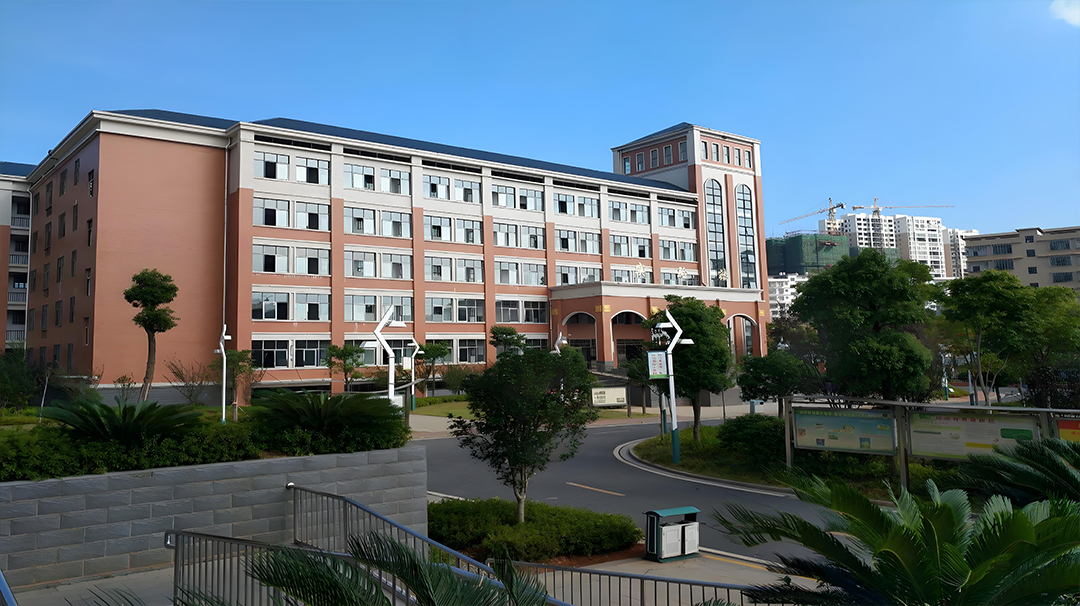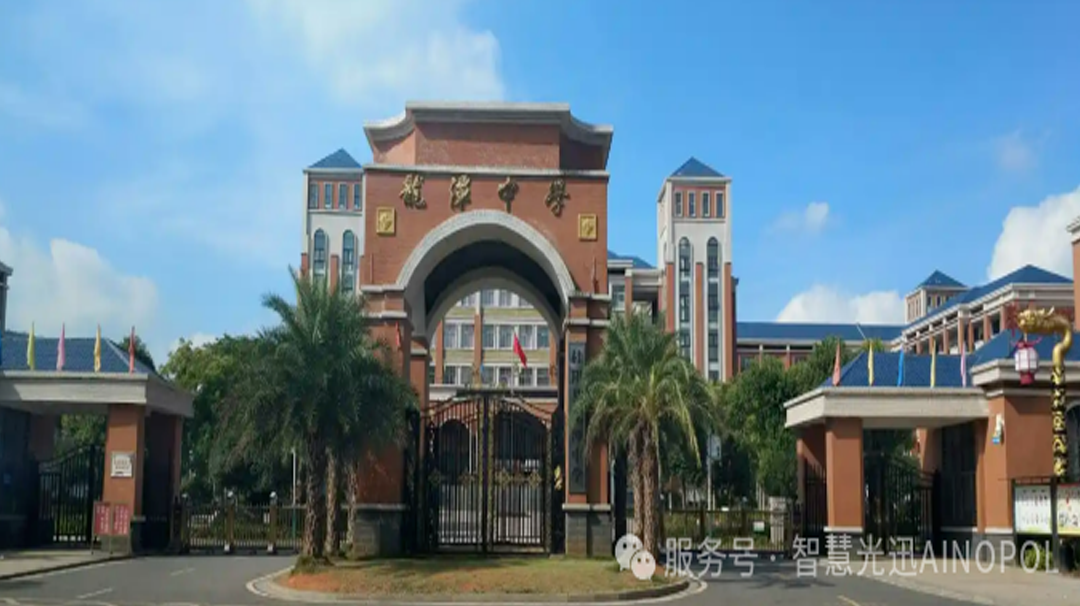
Introduction at the beginning
Yueyang Tower District People's Hospital is located in Yueyang City, Hunan Province, adjacent to the renowned Dongting Lake and Yueyang Tower. It is a comprehensive hospital that integrates medical care, health and epidemic prevention, teaching and research. The hospital's business building covers an area of 7800 square meters, with 157 beds and 200 employees.
Since its official operation, the hospital has been using traditional wired networks until the birth of 5G, which can only meet basic needs such as electronic medical record systems, medical imaging systems, resource scheduling systems, and remote healthcare. However, with the surge in the number of patients and hospital business, the bandwidth and reliability of the network are limited, making it difficult to support high bandwidth applications such as high-definition medical imaging and real-time video transmission.

With the increasing popularity of 5G technology in the medical field and the growing demand and expectations of patients for medical services, the People's Hospital in Yueyang Tower District is facing an inability to adapt, with problems such as terminal set-top box authentication not being able to access the server and WiFi not being able to be used. This has led to increasing pressure on the hospital's information technology construction. In addition, the monotonous and outdated desktop UI of the hospital has affected its image and reputation, and to some extent, limited doctor-patient communication and interaction.
Traverse through iterations and empower upgrades

In this situation, the hospital attaches great importance to the service providers of network construction, and urgently hopes to introduce more advanced network technology and equipment, strengthen network security and data protection, improve network bandwidth and stability, and ensure the efficient operation and information collaboration of hospital business by contacting its previous partner -
Smart Optics.
After learning about the basic situation of the hospital's network, Zhihui Guangxun immediately dispatched relevant technical personnel for network operation and maintenance, and carried out technical repairs to address the issues mentioned above to ensure the stability and reliability of the hospital's network.

The terminal set-top box cannot be authenticated to the server
The reason may be due to the software version being too low to meet the server's requirements for the software version, resulting in authentication failure. Re flashing the terminal set-top box can solve the problem.
The issue of WIFI not being available
Restart the terminal set-top box and ensure it is connected to the correct Wi Fi network to restore small scenario user internet access issues.
Optimization of Desktop UI Style
Optimize the UI style of the terminal set-top box to make it more suitable for the screen display of the set-top box. To this end, by uploading high-definition images, the UI interface can be made more refined and vivid. In addition, by selecting colors, fonts, icons, and other elements that are suitable for the set-top box, the overall aesthetic of the UI can be further enhanced, and users can obtain a better visual experience.


Focus on effectiveness and witness the formation of smart healthcare
Empowering smart healthcare in practice
In response to the aforementioned issues, the hospital's network stability and reliability have been further improved through technical repairs and optimizations carried out by specialized personnel from Smart Photonics. Small problems with terminal set-top boxes, WiFi networks, and UI styles have also been resolved, ensuring the efficient operation and information technology collaboration of the hospital's business. At the same time, the hospital's image and reputation have been enhanced, providing a better digital environment for doctor-patient communication and interaction.






